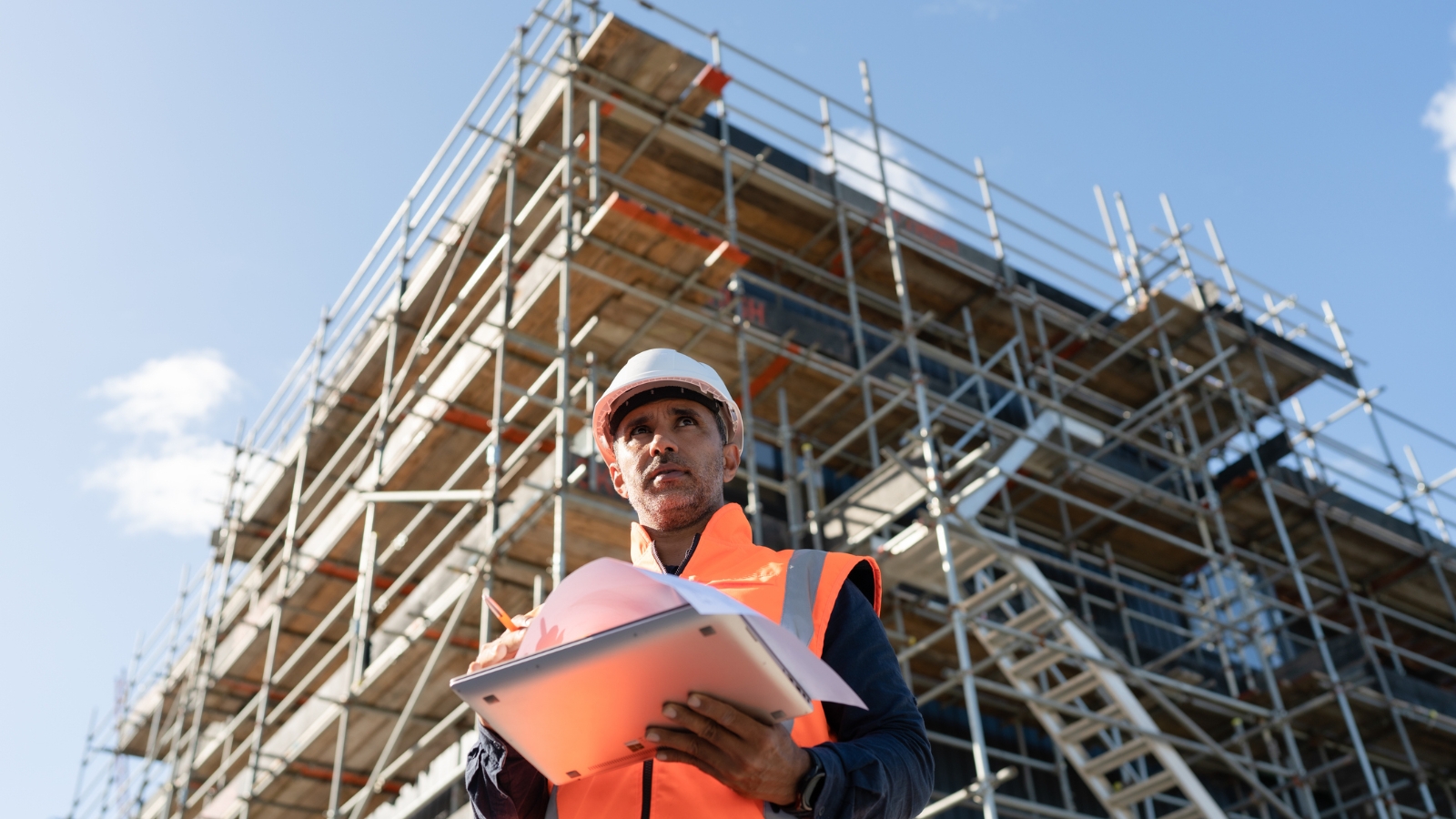Buying guide
The complete beginner's guide to buying a house in New Zealand
Your 7-step guide to buying a house with clarity and confidence

Buying a house is one of life’s big milestones, but let’s be honest, it’s more of a marathon than a sprint.
If you’re new to the property game or just need a little refresher, don’t worry. We’re here to guide you through the process of buying a home in New Zealand, step by step, so you can feel confident as you start on this exciting journey.
Here’s what we’ll cover:
Step 1: Get Financially Ready
Step 2: Explore Mortgage & Loan Options
Step 3: Start Your Property Search
Step 4: Do Your Due Diligence
Step 5: Making an Offer
Step 6: Completing the purchase
Step 7: You’re a Homeowner!
Keys steps to buying a property in NZ
Step 1: Get Financially Ready
Before you dive into house hunting, it’s essential to understand what you can afford and how to get your deposit sorted.
What to do:
- Create a simple budget to understand your income, expenses, and saving potential
- Explore deposit options designed to help first home buyers, including KiwiSaver withdrawals and First Home Loans
- Check your credit score, lenders will look closely at this
💡 Check out recent sale prices in the neighbourhoods you like with our Property Insights Tool.
Step 2: Explore mortgage & loan options
Pre-approval is your green light. It shows agents and sellers that you’re a serious buyer and gives you a clear idea of your price range. You can apply for pre-approval directly through a bank or work with a mortgage adviser.
For a quick estimate of what your repayments might look like, try our mortgage calculator.
We’ve also put together a helpful guide to walk you through mortgages and interest rates in New Zealand so you can feel confident navigating your options.
Tip: Don’t just focus on the interest rate - the structure of your loan and its flexibility can make a big difference in the long run.
Getting pre-approval means certainty over how much you can borrow for your home loan.
Step 3: Start your property search
Now for the fun part! Start by defining your must-haves vs nice-to-haves, then dive into your property search.
Tips:
- Use saved searches and add properties to your watchlist on Trade Me Property
- Visit open homes and don’t be shy about asking questions
- Check school zones, commute times, and the general vibe of the neighbourhood
This is also a great time to engage a property lawyer. Having a professional on your side ensures everything is done by the book. Ask friends or whānau for recommendations, talk to your mortgage adviser, or visit the New Zealand Law Society to find a lawyer who suits your needs.
Step 4: Do your due diligence
Hooray - you’ve found a place you love! Now it’s time for some good old-fashioned due diligence, to make sure it’s as good as it looks.
What to organise:
- A LIM report from the council (this covers zoning, drainage, hazards etc.)
- A builder’s report from a qualified, independent inspector
- Legal review of the Sale & Purchase Agreement by your property lawyer
Tip: Even if the seller provides reports, it’s worth getting your own. Independent advice gives you peace of mind and protects your investment.
You'll get used to viewing homes, and knowing what to look out for.
Step 5: Making an offer
Once you’ve found the right place, it’s time to make an offer, but how you do that will depend on the type of sale. Here are the main ones to know:
- Auction: Bidding happens live, and if you win, the sale is unconditional, so you’ll need to have finance and checks sorted beforehand.
- Deadline Sale or Tender: You submit your best offer by a set date. You can usually include conditions, but you won’t see what others are offering.
- By Negotiation: You work directly with the agent to make an offer and negotiate terms. This is the most flexible option, especially for first-home buyers.
Step 6: Completing the purchase
Once your offer is accepted, you’ll go “under contract”, but you’re not quite done yet!
You’ll need to:
- Satisfy any conditions and go unconditional (e.g. confirm finance, complete inspections)
- Pay your deposit (usually 10% of the purchase price)
- Prepare for settlement day, the exciting moment when the keys officially become yours
Tip: Organise insurance, power, internet and movers ahead of time to make the transition smooth.
Step 7: You’re a homeowner!
The keys are in your hand and your new chapter begins.
Whether you’re diving into a renovation, picking paint colours, or simply soaking up the joy of having a place to call your own, take a moment to appreciate the milestone.
Check out our handy moving house checklist ahead of the big move.
Final Words
There’s no perfect way to buy your first home, and that’s okay. Everyone’s journey looks a little different. But with good advice, the right professionals, and a bit of patience, you’ll get there.
Stay curious. Ask questions. And don’t be afraid to take the next step.
Author
Other articles you might like








